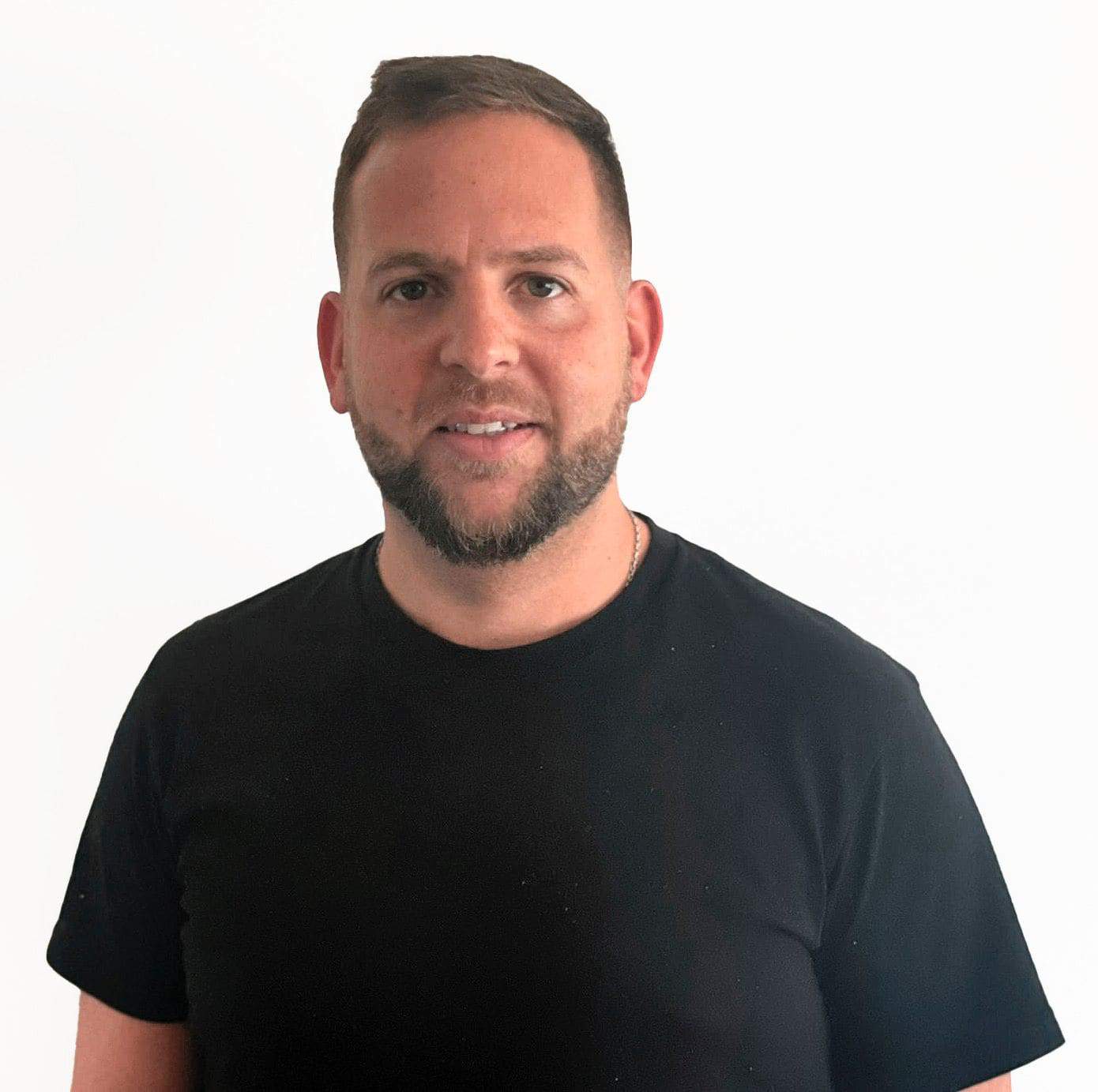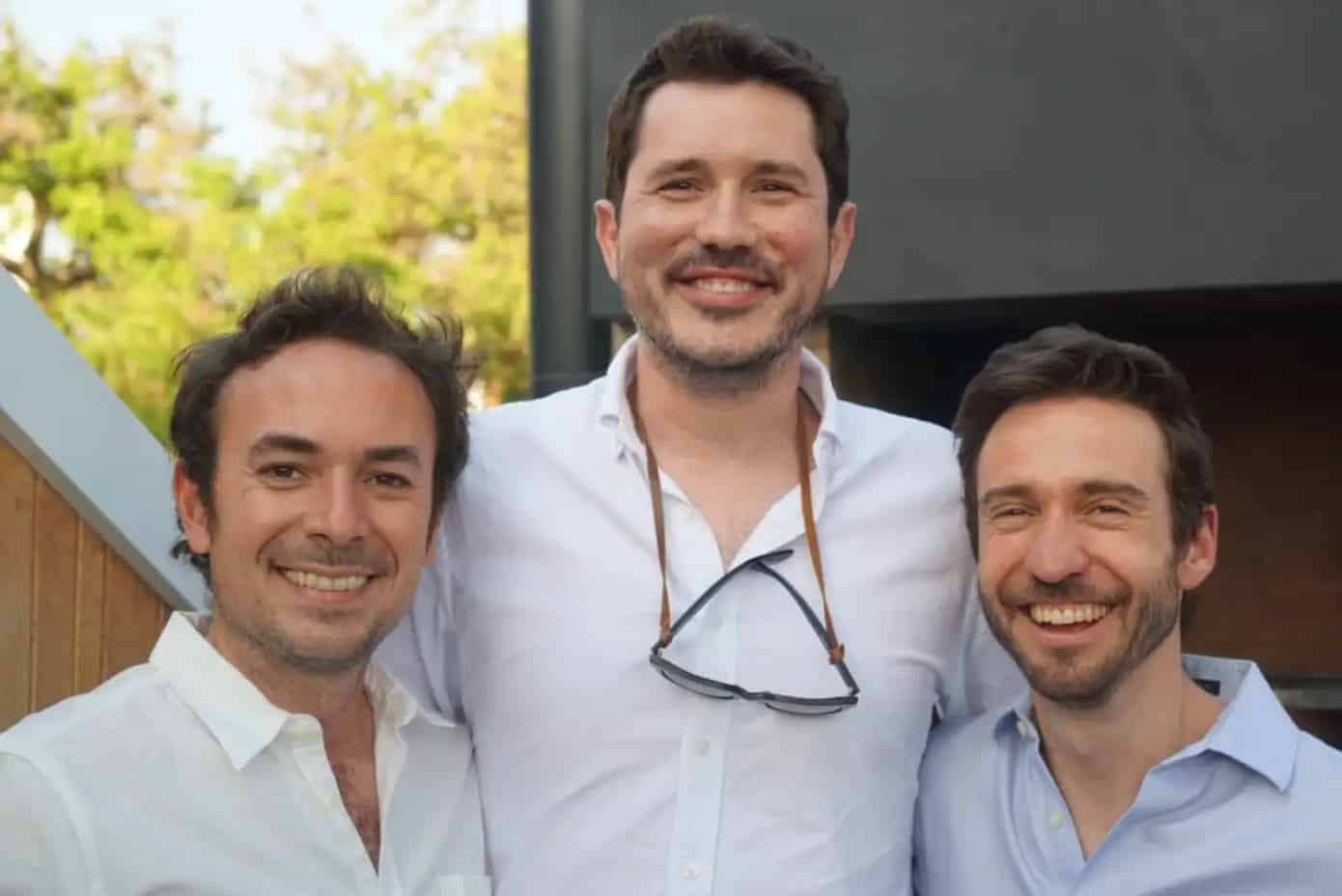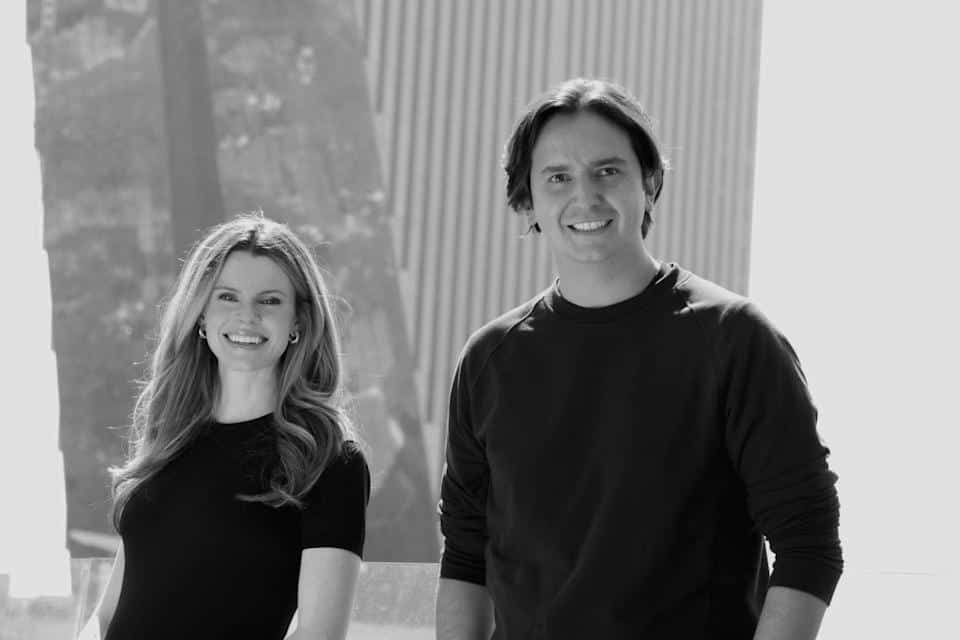Vanessa Taiah is not a typical entrepreneur. Before founding the edtech MindHub, she spent 20 years working at Accenture. Her partners, Patricia Martucci and Alejandra Ripa, also worked at the multinational, and that marked her way of doing business. That is why, when it came to creating their own startup, they decided to follow their own rules, especially in terms of financing. They initially invested US$30,000 from their own pocket and then continued bootstrapping. Four years later, the firm is expanding throughout the region and has reinvested more than US$1 million.
Bootstrapping consists of creating and maintaining a company without external investment, using only the entrepreneur’s own resources or the company’s profits. It includes a set of techniques to develop an idea and turn it into a business without raising capital.
In the traditional business world, this is commonplace. However, it is less common in the tech world because the goal is to grow fast and exponentially. But bootstrappers show that there is another way of doing business under one premise: yes, the road will probably be slower, but with safe and sustainable steps over time.
Vanessa Taiah shares her case: “Are you going slower? Without a doubt, yes. But where are you going so fast? And what’s the point? If you grow fast, you can also crash fast. I don’t have the Coca-Cola formula. For us it came naturally because we wanted to test and be very sure that the model worked. And it did.

Slow but sure
MindHub is a platform specializing in digital technology training that started its activities in 2018 in Argentina. More than 3500 students passed through their courses, and this year alone, they grew by 200% and added new programs in Chile and Colombia, with projections of new openings in more countries in the region. And although they had numerous chances to open the company and raise capital, finally, the partners decided not to do it: “We did not reach an agreement because it implied giving up a lot of control and because of our corporate background it was not so natural for us. We do have mentors, and we constantly seek their advice. But it’s very different,” says Taiah.
However, not all start-ups can make use of this strategy. The first caveat is that it is only possible in those models that allow generating income quickly, with which the project can be financed as the product is being polished. On the other hand, companies with high innovation or models with long periods where sales are not generated will have no choice but to resort to external financing.
“VC money accelerates processes. In bootstrapping, the entrepreneur makes the decision to go slower and depends on his intelligence to manage resources. In addition, there are many who disbelieve the VC world and its craziness: accelerated growth, demand, and the stress of financing rounds. Many do not have those objectives but want to have a healthy company”, reflects Alejandro Mashad, director of the Entrepreneurship Center of the University of San Andrés.
Beyond the type of venture, it is good to adopt a strategy that focuses on efficiency in the use of one’s own resources and on what really counts: organic growth through the acquisition of new clients. Patricio Gigli, executive director of ASEA (Association of Entrepreneurs of Argentina), makes a key point: raising capital is not for everyone. “There are capital-intensive projects from day one, and it is logical to seek investment. But growing with their own genuine resources allows the founders to control the company’s management and focus on the value proposition, innovation, and agility,” he says.
And although the challenge of managing a company with little capital can be threatening, this strategy has certain advantages. First and foremost, it avoids selling too much equity at a low price.
“You focus on profitability, maximizing revenues, and minimizing costs as much as possible. Starting a company with your own resources forces you to be austere and innovative from day one. You retain full control of the company, focus on the solution you are offering, and on getting to know your customers. It also allows you to better prepare for future conversations with investors,” adds Gigli.
Among the entrepreneurs who have adopted this model, several responses were repeated when listing what they value most, but freedom of action and keeping the total equity top the list.
There are several other pros that relate to company culture. “We learned the end-to-end of how to run a company. The best thing is that, in the long run, we end up deciding ourselves: both the successes and mistakes are ours,” says Andrés Huczneker, CEO and co-founder of Solucionet, an e-commerce accelerator with a presence in eight countries in LatAm.

These benefits take on even more relevance in the context of the global crisis, with VC investment scarcer and startups laying off staff. “There is a revaluation of the bootstrapping culture within startups, perhaps out of necessity. The wave of layoffs in technology companies is a turning point that leaves a lesson: capital comes and goes, interspersed with cycles of liquidity and abundance and others of greater restrictions,” warns Gigli.
And while there is no one format that is better than another – each entrepreneur must find the right one for his or her project – the context of 2022 left several lessons, among them the importance of shaping healthy businesses. “We are in a stage of creating sustainable value, value over time. Today clearly, the money is there, but it is more cautious. It’s about frugality: doing more with less,” brings to the table Janan Knust, founder, and CEO of KLog.co.
Knust’s company was born 10 years ago in Chile to work on the digitalization of international freight forwarding. His company started with a US$700,000 debt that he rolled over to a Chinese supplier who had the patience to wait for Knust’s promise to pay. For two years, he lost money. By the third, he had positive unit economics, and for six years, every penny was reinvested.
“The first few years were about understanding the market, the business, and whether the idea was profitable. Many entrepreneurs got into businesses where the unit economics were not going to be positive, and today we see that they fizzled out. That is where there is clearly a problem,” says Knust and adds: “I don’t have the pressure of an investor telling me that I have to take out 200 people to be profitable. If we think that businesses are profitable because we’re putting people out, then we’re not going to make businesses sustainable over time.”
<img class=”wp-image-73848″ src=”https://contxto.com/wp-content/uploads/2023/01/Janan-Knust–-Primer-plano-oficina-scaled.jpg” alt=”” width=”450″ height=”384″ /> Janan Knust, fundador y CEO de KLog. (Foto: KLog)
How to bootstrap
There is no manual on bootstrapping—and even less so in a region with as many rule changes as Latin America—but there are some basic rules. It is important to be innovative and agile, polish the value proposition and connect with customers. Knowledge is the key: learning what is going on in the company, being aware of the team, knowing who the client is and what the strategy is to grow organically.
“The most important thing is to change the model if circumstances change. It’s important to prioritize efficiency in spending, organic growth of the team, and focus on the solution you’re providing,” Gigli advises.
“When we started, we knew where our methodology was going and what we were aiming for,” says Taiah of MindHub, a startup that broke even in 18 months. “For instance, we wanted to have our own platform, but we started by renting one until we could develop our own. Every penny that came in was reinvested. It was over US$1 million, much of that going to student funding and innovation.”
On this point, Alejandro Mashad advises managing two variables with special attention: profitability (taking care of it to the extreme) and the search for the definitive value proposition. “You have to go out to sell and get paid quickly. Spend wisely and be attentive to any type of proposals such as subsidies and others. You have to first define how revenue is generated and, once that is resolved, be very smart with using resources,” he stresses.
In the beginning, Solucionet’s main objective was to seek revenue. But there were setbacks along the way. Huczneker recalls that he was never able to charge his first two clients. Looking back, he believes that the key to success was planning. That’s how they became profitable in less than six months. “The goal is for the business to be healthy. Along the way, opportunities will come that may seem very good, but they can take you out of focus. The important thing is to stay on track,” he advises.
Since they had no investment partners to contribute their expertise, they had to look for creative ways to make up for that kind of advice. They went for alliances with large companies that allowed them to accelerate processes without giving up equity. They also went out to meet the ecosystem, looking for advisors, networking, and being attentive to content for entrepreneurs: from a good podcast to success stories to study.
Finally, although he and his two co-founders are responsible for the entire company, Huczneker advises to forget the old concept of “owner”: “If you don’t think that the company belongs to everyone, it doesn’t grow. The paternalistic leader no longer exists; everyone has a role to play. We understand that the company’s success is due to the team, and we are aware that we are just one more component within the company, important, but not the one that determines 100% of the things”, he concludes.
You may also be interested in: What 2023 Holds for Startups According to Five LatAm Venture Capital Firms







